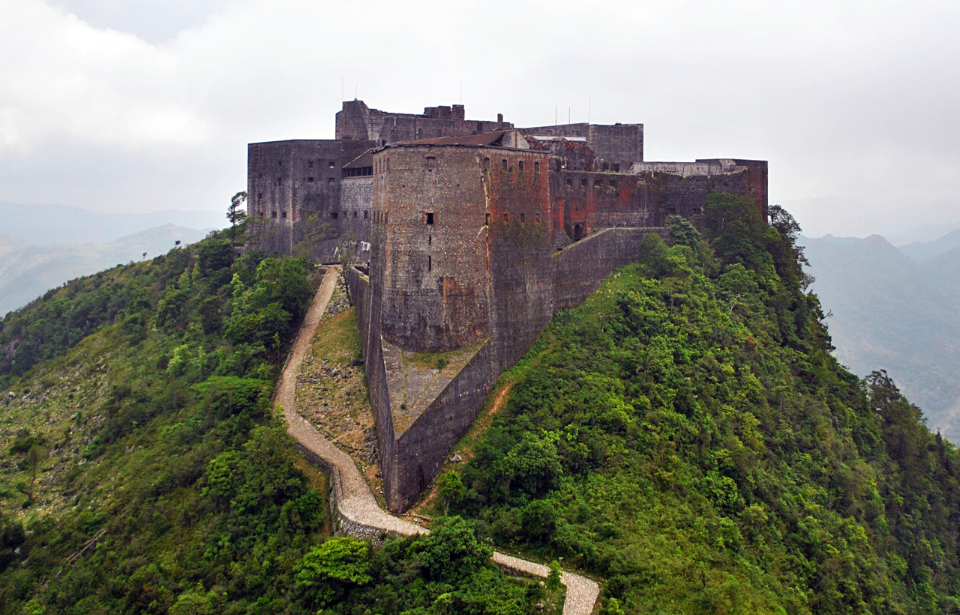Citadelle Laferrière is located on the island of Haiti and stands as both the product of war and protection from it. Set atop the 3,000-foot-tall Bonnet à l’Eveque mountain, the striking Citadelle Laferrière became one of the largest fortresses in the Americas. It never saw the glory of battle and was eventually abandoned before turning into a tourism hotspot for the island.
Built to protect Haitian independence
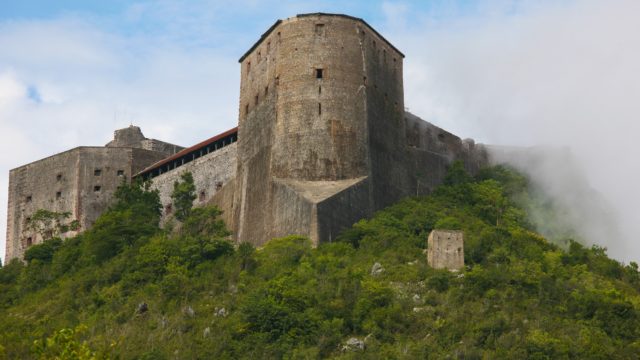
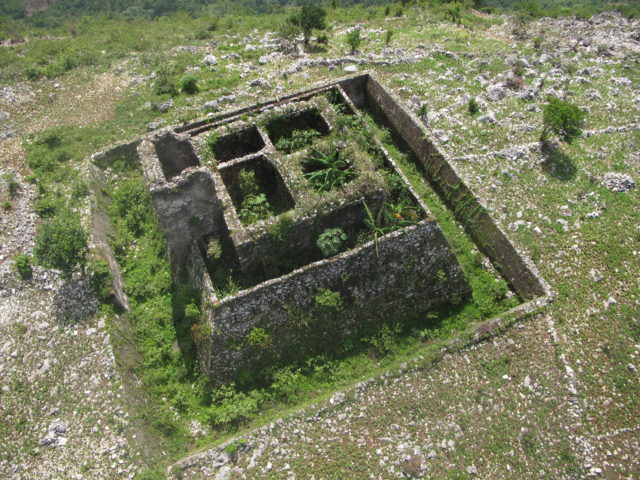
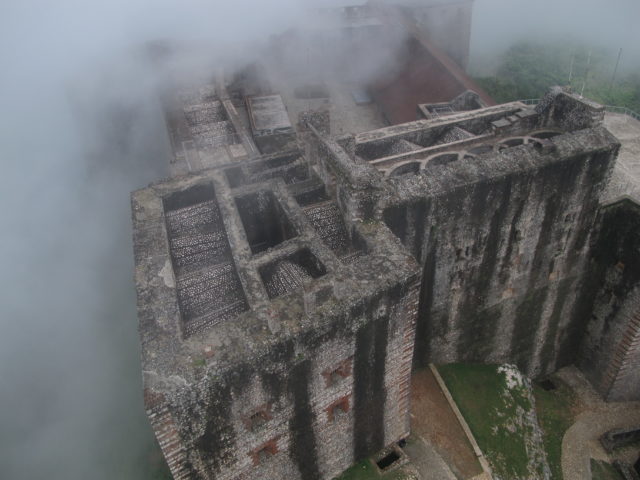
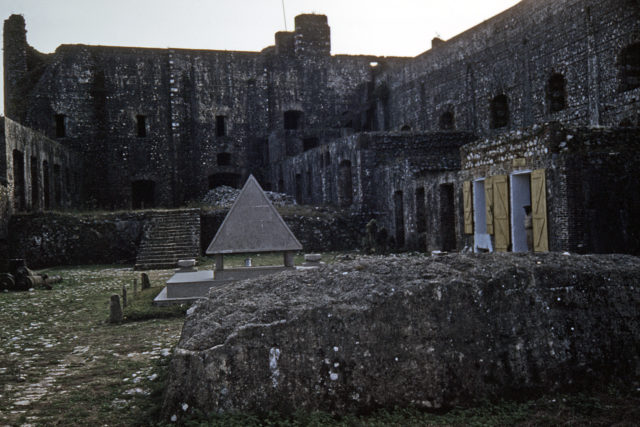
In 1804, Haiti separated from France and gained its independence, becoming the second independent nation in the Americas. Their newly-gained freedom was not something the population was willing to give up easily. In case the French Army wished to return and attack the Haitians, they needed to be protected.
Commissioned by Jean-Jacques Dessallines, the fortress “Citadelle Laferrière” was built between 1806 and 1820 under the self-appointed presidency of slave rebellion leader Henri Christophe. With time, it came to be known simply as the Citadelle, and was capable of housing 5,000 people for an entire year.
Features of the fortress included fortification walls, large food and water storages, royal mansions, dungeons, and bathing quarters. If the French did attack, people nearby could quickly find protection within the Citadelle’s walls.
Unique architectural features
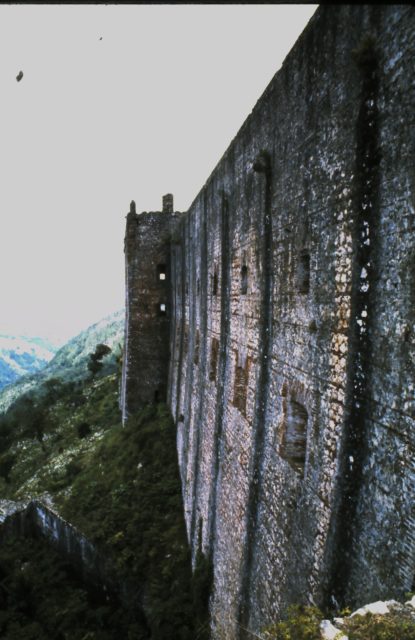
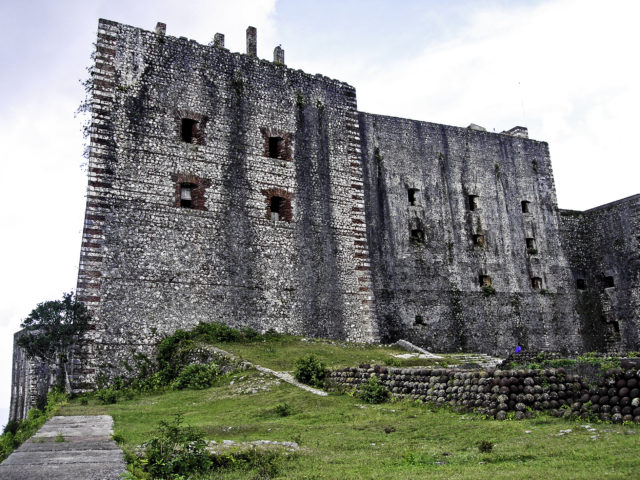
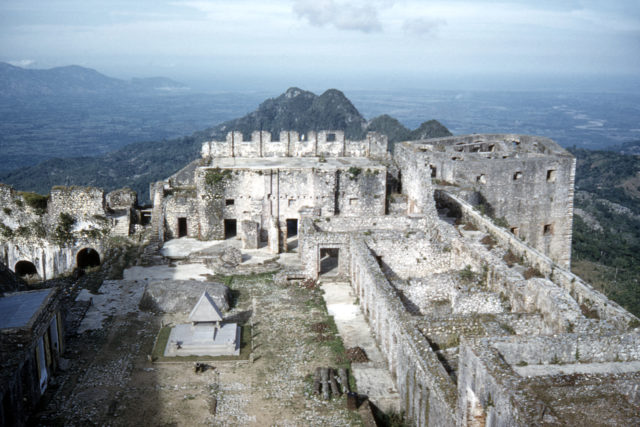
Built upon the mountaintop of Bonnet a L’Eveque, the Citadelle was strategically placed in a location where it had the advantage of high ground. It also has some unique architectural features to help protect it from enemy attacks. As you walk up the trail leading up to the front entry, the triangular structure resembles a prow of a ship jutting out of the mountain, or the tip of a spear.
The sides of the fortress are designed to drop off directly into the mountainside, making an attack from these angles near impossible. The back of the fortress is shaped in a cylindrical fashion and the curvature of the wall prevents enemies from scaling it.
A last-ditch feature of the Citadelle was its provision for the use of scorched-earth tactics. If all other defenses were exhausted, the king could light the surrounding area on fire, burning everything around the Citadelle to ash while keeping the local population, army, and king safe and sheltered within the fortress’s walls.
A tourism hotspot
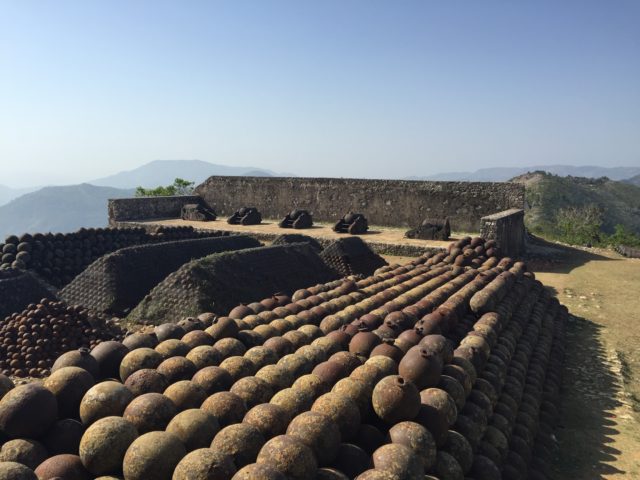
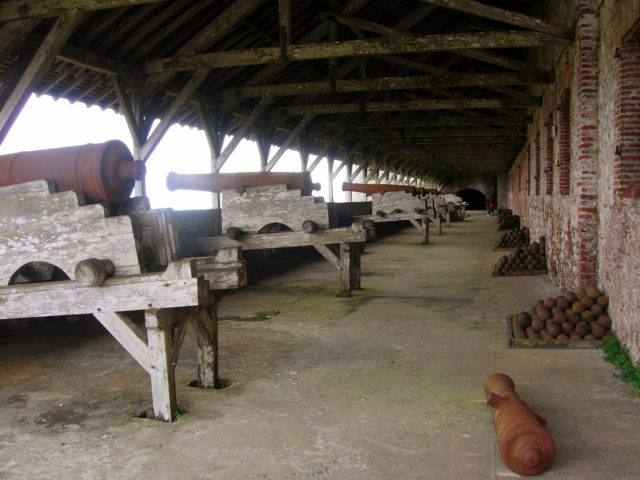

Despite the Haitians’ preparedness, the French did not return to attack. The Citadelle never achieved its defensive potential. Instead, the fortress was eventually abandoned. For centuries it has loomed atop the mountain empty, still prepared for any incoming enemies. Since its abandonment, the Citadelle has become a popular tourism spot on the island of Haiti, creating employment for locals.
Tourists can see for themselves the enormous stockpiles of cannonballs scattered throughout the fortress, along with the cannons and the royal mansions and bath houses. The site provides a breathtaking look over the beautiful island the Citadelle was to protect.
The structure’s decay and restoration
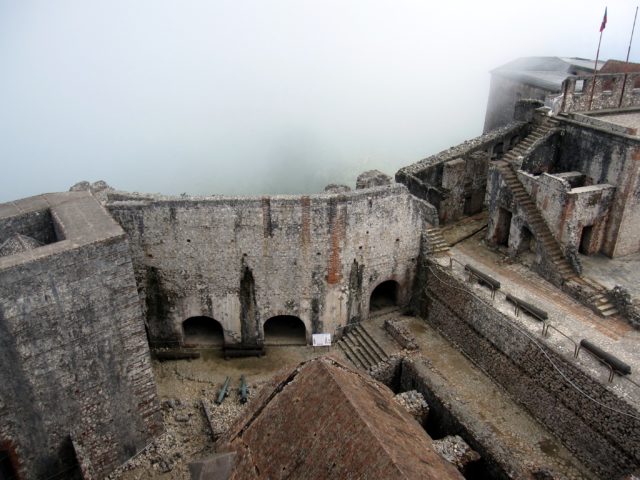
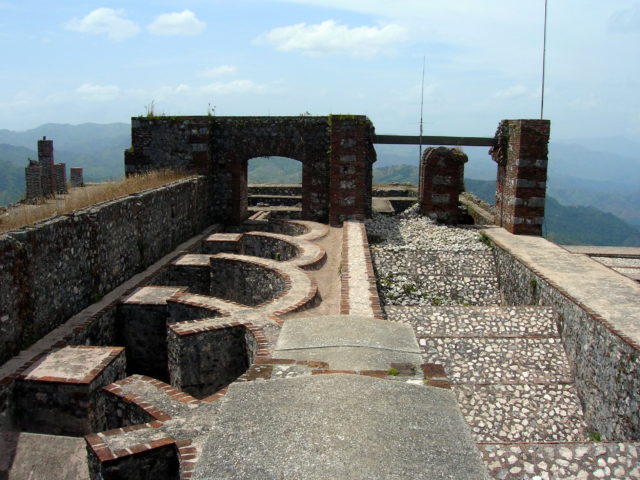
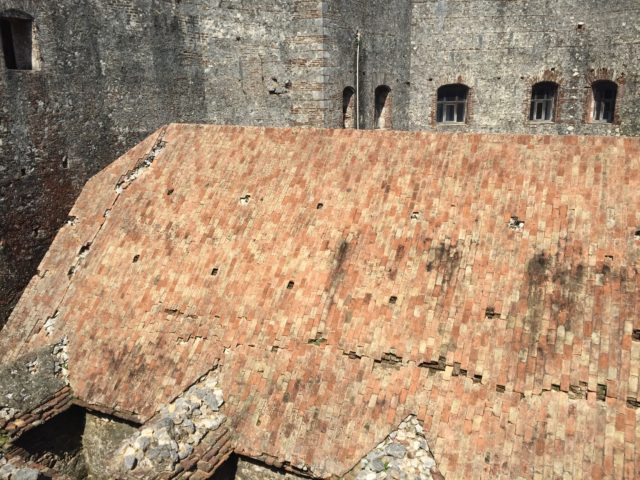
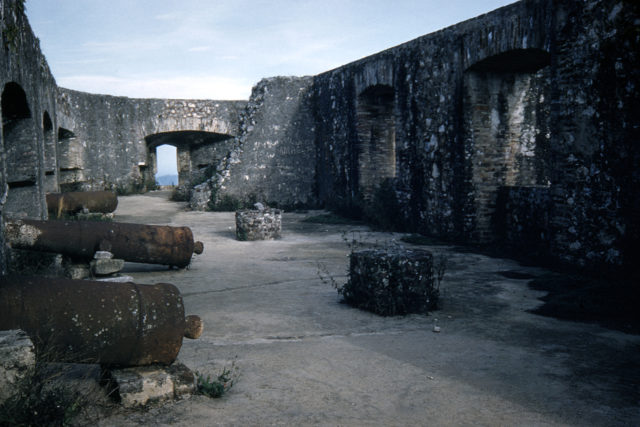
In 1982, the Citadelle became an official UNESCO World Heritage Site and many efforts have been made to maintain the imposing power and historical value of the fortress. Unfortunately, the island of Haiti has experienced a number of earthquakes that have jeopardized some structural components, but the Citadelle has largely been able to withstand these natural occurrences.
More from us: Caerlaverock Castle, The Triangular Scottish Fortress
In 2012, the president of Haiti declared the fortress to be in a state of disrepair, making it unsafe for visitors. Many international organizations have stepped in to help preserve the fortress, including the World Monuments Fund.
